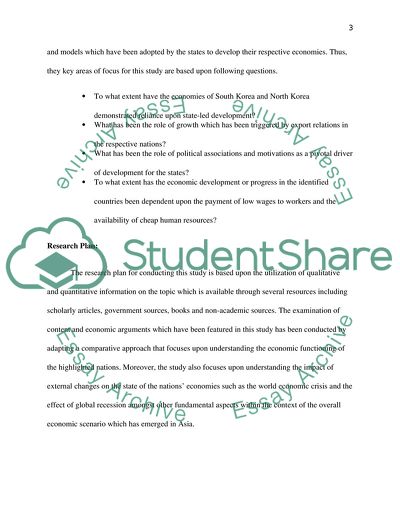Cite this document
(Economics of Asia Research Paper Example | Topics and Well Written Essays - 3000 words, n.d.)
Economics of Asia Research Paper Example | Topics and Well Written Essays - 3000 words. https://studentshare.org/macro-microeconomics/1820065-economics-of-asia
Economics of Asia Research Paper Example | Topics and Well Written Essays - 3000 words. https://studentshare.org/macro-microeconomics/1820065-economics-of-asia
(Economics of Asia Research Paper Example | Topics and Well Written Essays - 3000 Words)
Economics of Asia Research Paper Example | Topics and Well Written Essays - 3000 Words. https://studentshare.org/macro-microeconomics/1820065-economics-of-asia.
Economics of Asia Research Paper Example | Topics and Well Written Essays - 3000 Words. https://studentshare.org/macro-microeconomics/1820065-economics-of-asia.
“Economics of Asia Research Paper Example | Topics and Well Written Essays - 3000 Words”. https://studentshare.org/macro-microeconomics/1820065-economics-of-asia.


